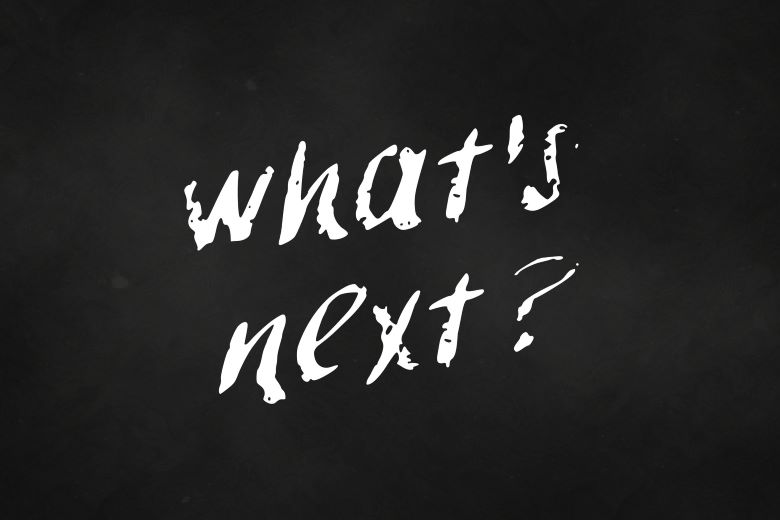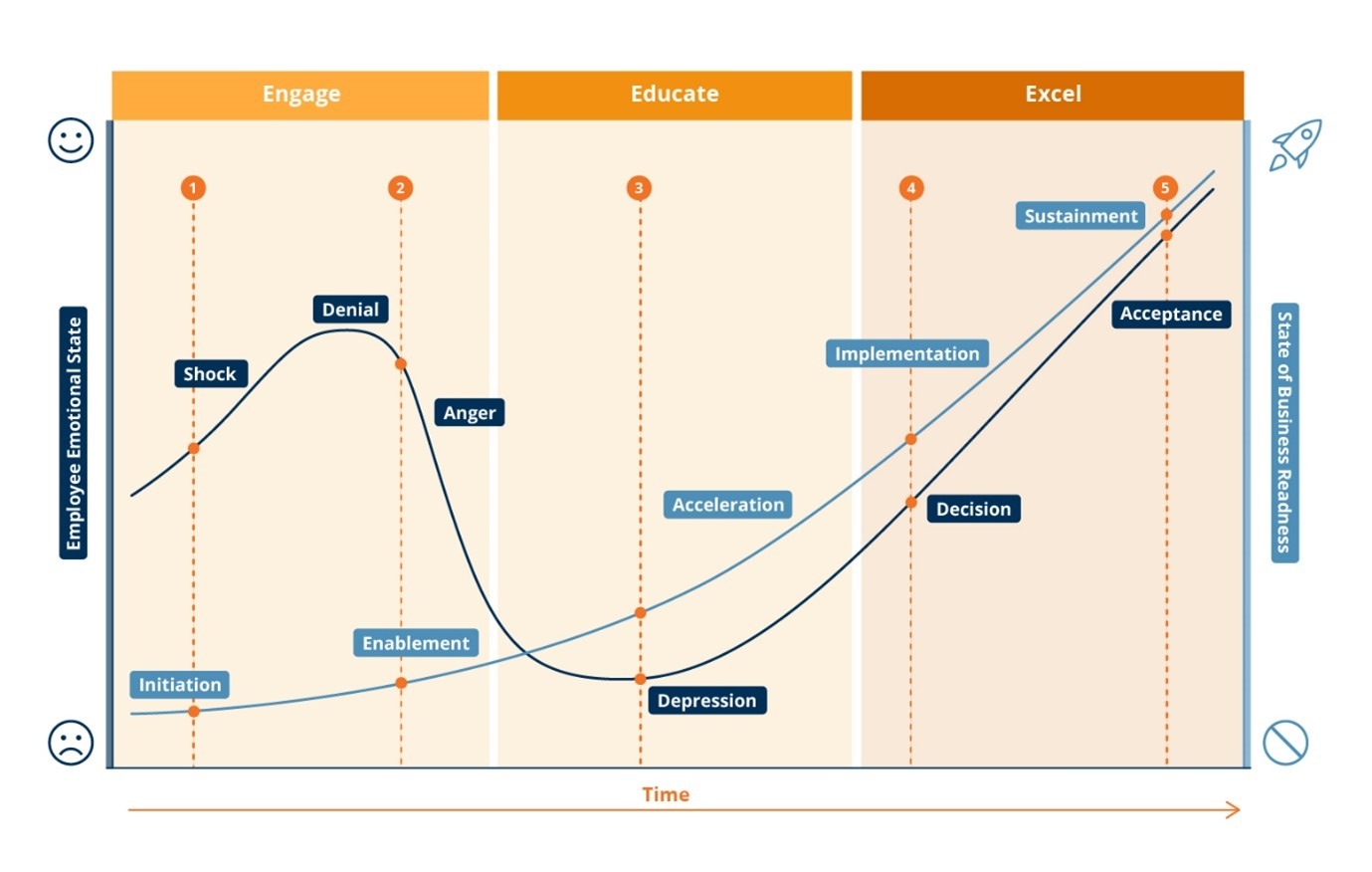Change communications and the future of work
Get essential expertise on crafting seamless, supportive messaging during this historic period of disruption.

The landscape of work is changing.
For many organizations and their employees, this year will be different from anything they’ve experienced before. Staff will be returning to a working environment very different to the one they left behind – and very different to what they’re accustomed to.
The new reality of work is likely to be a hybrid model, combining employees working full-time in the office with others based part-time at home. It’s an approach exemplified by Spotify, the latest company to shift to a flexible “Work from Anywhere” model.
Managing a successful return to work transition is crucial. That’s why organizational design and change management is the second highest priority for HR managers in 2021, according to a recent Gartner survey.
The challenge of workplace change
The COVID-19 pandemic has accelerated the pace of organizational change. Success or failure is determined as much by employees as employers.
Returning to work is no different. Research reveals 83% of CEOs want their employees to return to the office, but only 10% of employees want to return.
The gulf between these numbers reveals a serious business risk. A failed return to work program will result in declining morale, rising turnover and eroded productivity. But how can such opposing views be reconciled?

The employee response to change
During times of significant change, more than 80% of employees experience “cultural tensions.” Many struggle with competing priorities they don’t know how to balance, which can result in a negative emotional response.
This is even more pronounced when the proposed change is in opposition to the desires of many employees – as is the case for returning to work.
Employees experience an emotional journey when encountering workplace change. Their existing view of the organization or their role is challenged, which triggers the emotional responses that affect their capacity and willingness to perform.
Communications and the impact of change
Communication is the biggest influence on transformation success. At companies where management communicate openly about the transformation’s progress, employees are eight times more likely to report a successful outcome.
Employee communication and engagement enables a successful return to work by aligning business needs and employee needs.

Both tracks take place concurrently, but their goals and methods may diverge. Businesses should remove obstacles and expedite improvements. Employees will require consultation on the change and nurturing through what it means to them. It’s not enough for employers to focus on only the employee or business journey.
The ‘Engage to Excel’ Business Change Framework
The “Engage to Excel Business Change Framework” provides a new perspective on aligning business and employee needs in times of change. It identifies points of high risk or potential employee-business disconnect, with tactical solutions to resolve these problems through communication.
The framework combines the traditional employee change curve model with the stages of business implementation. By overlaying both, business leaders can quickly and clearly assess where employees and the business are in their respective journeys, and introduce initiatives to address areas of misalignment or conflict.

Several key areas of potential risk or opportunity are identified between employees and the business:
- When the change initiative is launched, and low employee awareness will cause shock.
- When staff awareness is higher, but objections are increasingly raised.
- When the business is accelerating progress, but employee resistance is rising.
- When the business needs to foster support to fully realize change objectives.
- When the post-change state needs to be embedded as the ‘new normal.’
These spotlights are an early warning for internal communications and HR managers to put in place appropriate resources and prepare tailored communications in advance.
How is your business tracking?
Consider your return to work program. How advanced is your business? What stage are employees at?
If the business is well advanced along its journey (for example, beginning to deploy changes to the physical office environment), but employees are less advanced along theirs (such as, still experiencing denial that they will imminently be required to return to centralized work in some form), change communications must immediately pivot to address this conflict.
The value of this new framework is that it drives achievement of overall goals, while enabling employers to take corrective action if change initiatives are not progressing as planned.
For the full story, download the free whitepaper.
Phil Nunn, SnapComms‘ general manager – Business, leads an international team of internal communication experts who specialize in helping organizations meet the increasingly complex challenge of effective employee communication.






